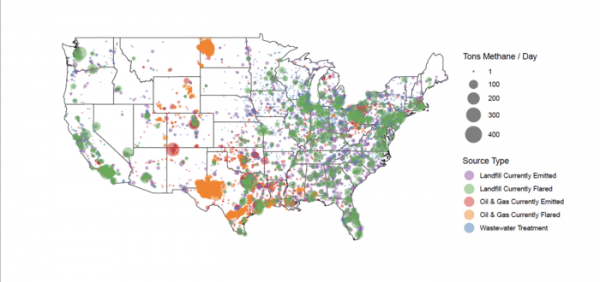Like a mirage on the horizon, an innovative process for converting a potent greenhouse gas into a food security solution has been stalled by economic uncertainty. Now, a first-of-its-kind Stanford University analysis evaluates the market potential of the approach, in which bacteria fed captured methane grow into protein-rich fishmeal. The study, published Nov. 22 in Nature Sustainability, finds production costs involving methane captured from certain sources in the U.S. are lower than the market price for conventional fishmeal. It also highlights feasible cost reductions that could make the approach profitable using other methane sources and capable of meeting all global fishmeal demand.
“Industrial sources in the U.S. are emitting a truly staggering amount of methane, which is uneconomical to capture and use with current applications,” said study lead author Sahar El Abbadi, who conducted the research as a graduate student in civil and environmental engineering.
“Our goal is to flip that paradigm, using biotechnology to create a high-value product,” added El Abbadi, who is now a lecturer in the Civic, Liberal and Global Education program at Stanford.
Read more at: Stanford University
Unused methane emissions in the U.S. from landfills, wastewater treatment plants and oil and gas facilities. (Photo Credit: Adapted from El Abbadi, et al. / Nature Sustainability)


